Central America is relatively backward Nicaragua coffee industry boutique coffee beans introduction-Nicaragua beauty
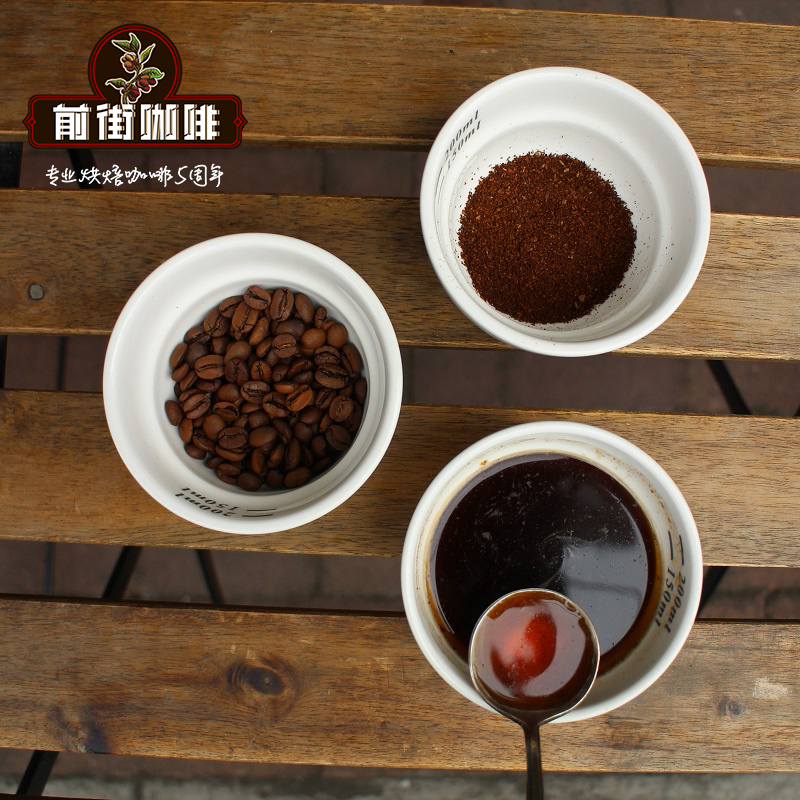
Professional coffee knowledge exchange more coffee bean information please follow the coffee workshop (Wechat official account cafe_style)
Nicaraguan Coffee producing area | Fairview Manor Malakadura flavor?
Nicaragua MARACATURRA SHB EP
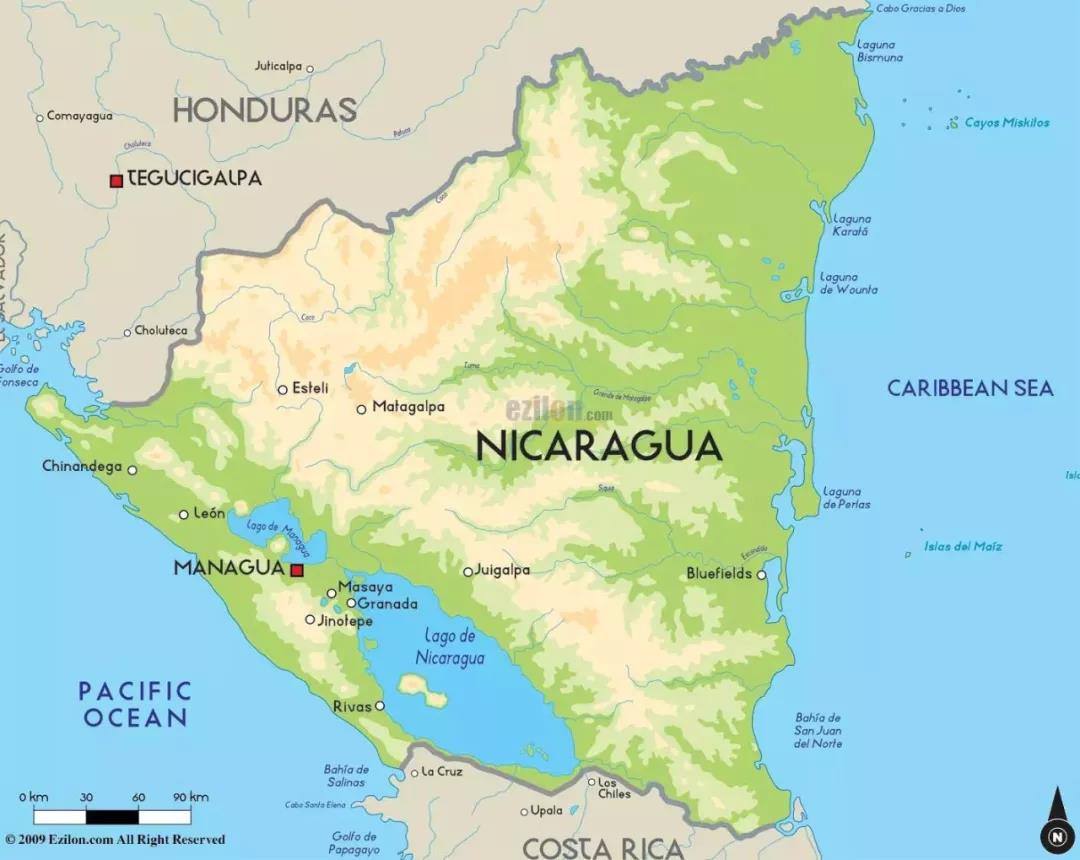
| 01 | production area profile |
Nicaraguan producing area
Nicaragua is mainly divided into four major producing areas, namely, Bosnia and Herzegovina Sub-region (Segovias), Madaguelba / Henodeka region (Matagalpa/Jinotega), Borgo region (Boaco) and Pacific Coast region (Pacific). The highest planting height in Bosnia and Herzegovina is about 1500mur2000, and the coffee produced is the highest SHG (StrictlyHighGrown).
Cultivation in Nicaragua
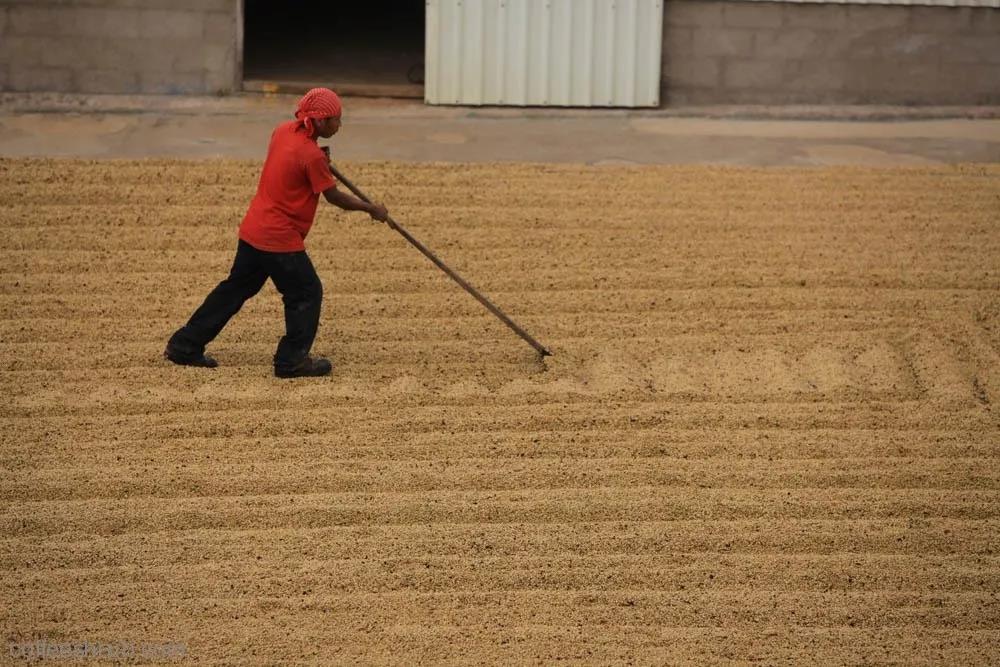
Planted with volcanic ash and shaded trees, it produces high-quality Nicaraguan coffee with a mediocre, soft and slightly sour flavor. Nicaraguan coffee is the largest of all coffee beans, while MADRIZ (Madriz) is located in the mountains of northern Nicaragua, adjacent to NuevaSegovia,Jinotega and Esteli, a quiet and elegant area known as Somoto Canyon, inhabited mainly by indigenous peoples of various tribes and people who mixed with the Spaniards in the colonial period (mostly Chorotegas).
The local production of coffee, the development of arts and crafts processing trade, as well as traditional delicacies. Madriz is characterized by a cool climate, its small town looks simple, but features beautiful roofs and special tile white buildings, there are also many coffee plantations, and the mountains are covered with verdant pine and oak forests.
In a purely natural planting environment, more complex operations are used to maintain the delicate aroma and taste of coffee; produced from high-quality mountain beans planted in northern Nicaragua with an average annual rainfall of 1500-1700mm and temperatures between 20-29 degrees Celsius.
Fairview Manor
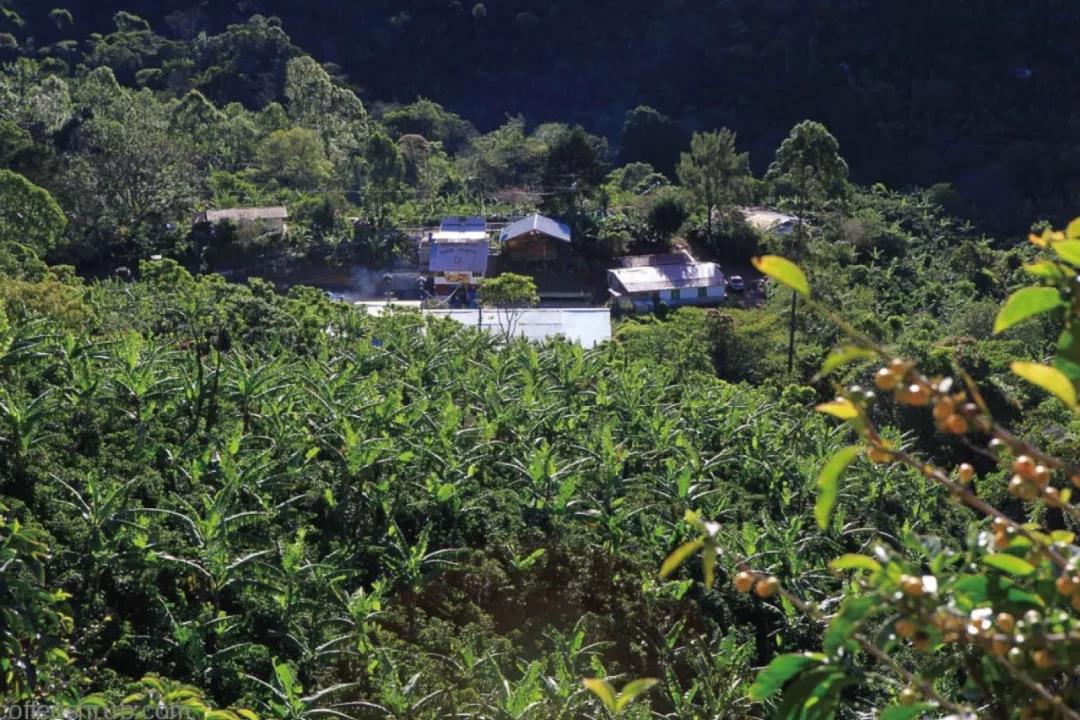
Located on the outskirts of San Fernando, Nicaragua, Fairview Manor is carefully managed by its founder Roger Esau Herrera Ortez. The manor is located in a mountain area between 1400 and 1650 meters above sea level. the low temperature leads to the slow growth of coffee trees, which usually take four years to bear fruit after saplings are planted. Of course, the advantage is that the coffee produced by the manor is very sweet.
Mr. Roger Esau Herrera Ortez chose this place as his coffee growing area in 1997. After all kinds of difficulties, Roger Esau Herrera Ortez has four coffee growing plots and a water washing station. In addition to the Fairview Manor, which he personally managed, the other three plantations were managed by his sons.
Roger Esau Herrera Ortez decided to increase investment and improve the facilities of the washing station, such as starting to use the wastewater reuse system and the new washing classification system, which can not only avoid water pollution, but also improve the grading capacity of coffee and get more and better quality coffee. It was also in this season that Mr. Roger Esau Herrera Ortez won the fifth place in the Nicaragua Excellence Cup raw bean competition.
02 | processing method
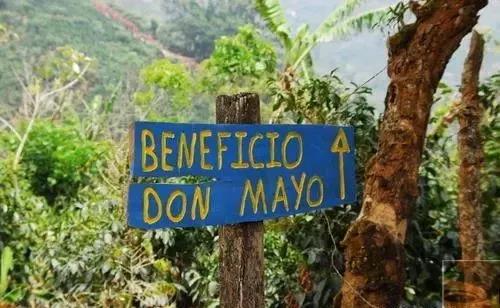
Complete washing method (Washed):
The peel, pulp and mucous membrane are removed by washing and fermentation. farms that use the washing method must build washing ponds and be able to introduce an endless supply of live water. During the treatment, the finished beans are put into the pool and passed back and forth, using the friction of beans and the power of running water to wash the coffee beans until smooth and clean. The whole fermentation time is only about 24-30 hours.
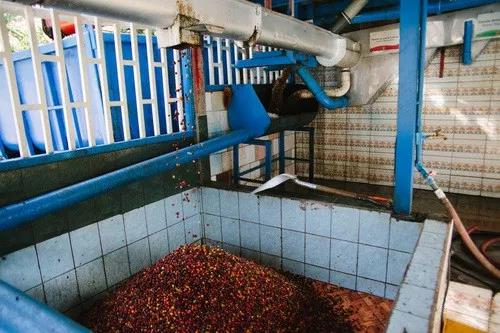
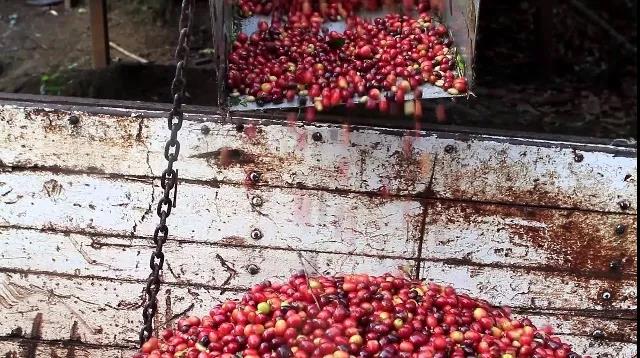
03 | Analysis of raw beans
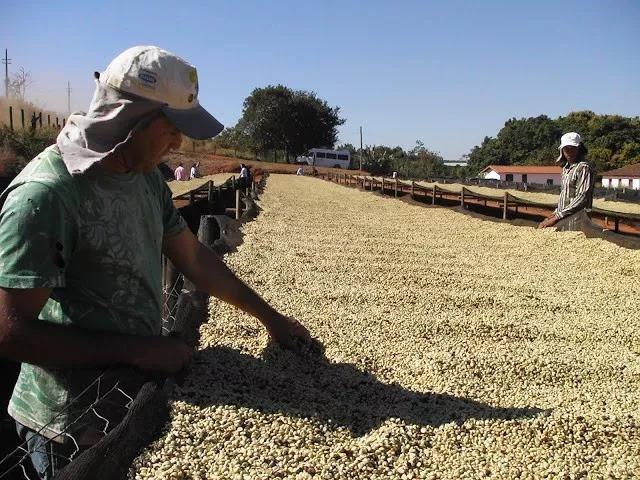
[Maracaturra Mara Kaddura] comes from the mixture of Maragogype and Caturra, which has both the fullness of the former and the sweet flavor of the latter, and is common in Nicaragua.
Maraka Dula (Maracaturra): is a mixed breed, like beans (Maragogype) and Kaddura (Caturra) mixed crystallization, is very common in Nicaragua.
But this variety has been planted twice in Apaneca, El Salvador, on Finca Himalaya, a coffee farm in Cup of Excellence, which has won two prizes.
Break with tradition: why Maracaturra?
Mauricio currently grows Elephant beans, Orange bourbon, and Pacamara. Although his current coffee has excellent flavor, he still tries to find ways to improve.
Mauricio talked to Manuel Meza, the then research director of The Salvadoran Foundation for Coffee Research (Procaf é), and Manuel Meza told him that he had met Maraka Maracaturra in Matagalpa, Nicaragua, and had repeatedly won the top five positions in Cup of Excellence.
Manuel Meza was happy to help Mauricio, so he brought the seeds of Maraka Maracaturra to Mauricio to plant.
What's so special about Maraka Maracaturra?
Like Maragogype, Maracaturra coffee beans have a large size. Mauricio told me it inherited the excellent flavor and high yield of Kaddura (Caturra). Its short stature has plenty of leaves to ward off strong winds-useful for windy estates in Mauricio.
Unfortunately, this variety is prone to leaf rust and therefore requires a high degree of care. Its flavor is tropical fruit and bright acidity. It finished fifth in Cup of Excellence in 2015, and Mauricio believes its future harvest will be better than that of Pacamara.
In the future, Mauricio plans to use semi-washing, honey treatment, and sun treatment to treat coffee fruits in Maracaturra. In doing so, he will be able to find the best way to deal with it. He uses an African bed, which stabilizes the flow of air and makes the drying process more uniform.
04 | Baking analysis
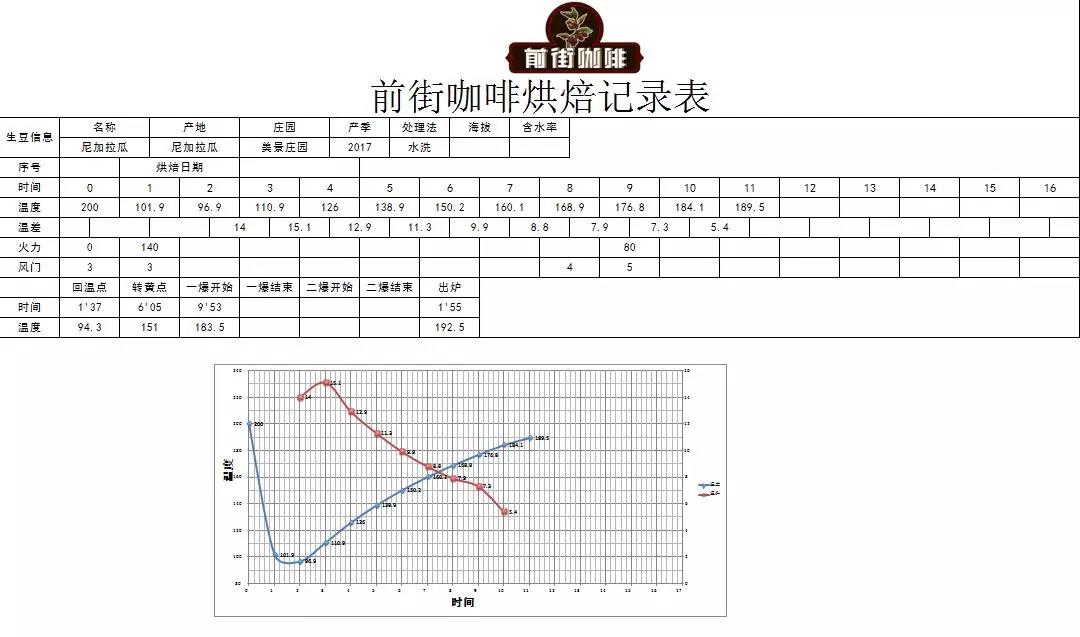
The granule of this coffee is relatively large, and the density is high. It lengthens the dehydration process, absorbs heat slowly in the baking process, and the Mena reaction process is also slow. The yellowing point is in 6 minutes. In the first batch of roasting, the temperature of my beans is relatively high, and the firepower is also relatively increased. During the baking process, the firepower is gradually increased as needed. Under this method of operation, the dehydration time of coffee is relatively prolonged, with a heating rate of 6-8 degrees every 30 seconds.
Roaster Yangjia 600g semi-direct fire
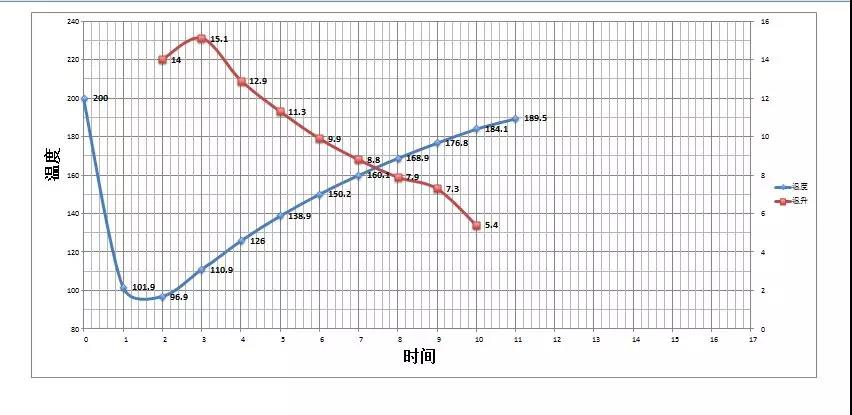
The furnace temperature is 200 degrees Celsius, the fire power is 140 degrees after the throttle is opened at 3: 00, the throttle remains unchanged, the return point is 1: 37 ", keep the firepower, at this time the bean table turns yellow, the smell of grass disappears completely, the dehydration is completed, the firepower remains unchanged, and the throttle is adjusted to 4.
6 '05cm' dehydration, 9: 33 "beans appear ugly wrinkles and black markings on the bean surface, the smell of toast obviously changes to the smell of coffee, which can be defined as a prelude to an explosion. At this time, listen carefully to the sound of an explosion, to 9: 53" start an explosion, adjust the firepower to 80 degrees, the throttle should be fully opened 5 (adjust the firepower to be very careful, not to be so small as to be free of bursting sound), develop 1cm 55 "after an explosion, heat the pot at 192.5 degrees.
This coffee bean 100%Maracaturra has a peel flavor, a round taste, long-lasting, delicate, clean and balanced almonds with a long, lively finish.
05 | Cooking analysis
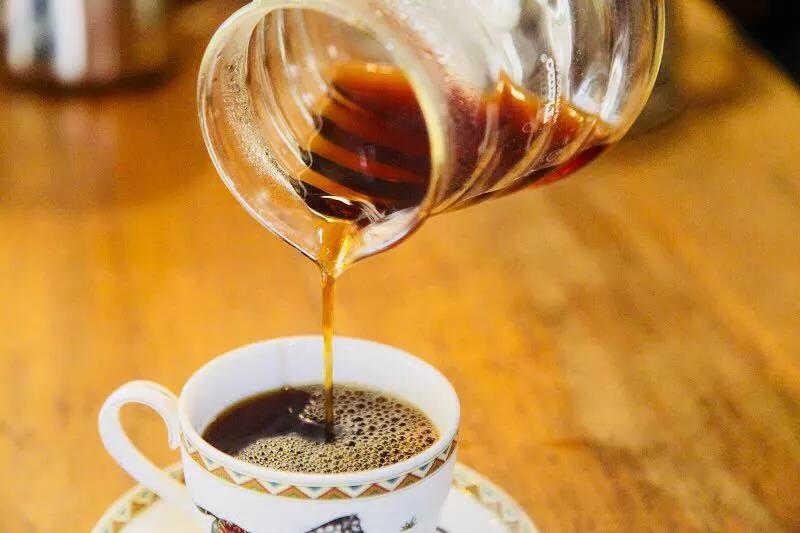
Recommended cooking methods: siphon, hand flushing
Degree of grinding: 3.5 (Fuji R440, Japan)
V60 filter cup, 15g powder, water temperature 91-92 degrees, grinding 3.5.The ratio of water to powder is close to 1:15
33 grams of water is steamed for 25s
Segment: water injection to 100ml cut off, slow water injection to 225ml
That is, 30-100-95
Other suggestions for trickling extraction:
Normal pressure, recommended grinding degree of 3.5-4 / water temperature 92 °C
Philharmonic pressure, recommended 2.5 grinding degree, water temperature 88 °C
Hand punch: 3.5 degree of grinding, water temperature 89 °C
3.5 Grinding-91 degrees water temperature
Important Notice :
前街咖啡 FrontStreet Coffee has moved to new addredd:
FrontStreet Coffee Address: 315,Donghua East Road,GuangZhou
Tel:020 38364473
- Prev
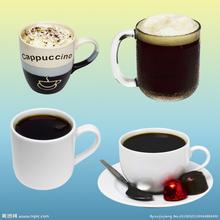
Introduction to Papua New Guinea, which is varied, rich in taste and full of particles.
After 1991, the quality gradually declined, and then the European market was lost.
- Next
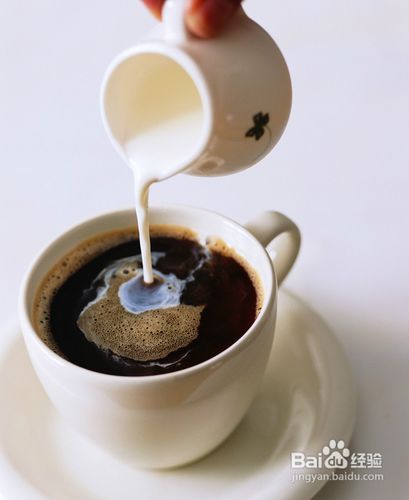
Introduction to Bolivian Coffee Manor with various flowers, sweet vanilla, full aroma and sweet spices
I remember that the admirable champion bean in 2007 was Coffee Manor, but her score was overtaken by the 2008 champion Caf de Cordillera, when the international judges gave it a high score of 92.03. in 2009, Takesi Snow vein Manor got a score of 93.36, surpassing the champion of 2008, and the bidding price was as high as US $35.05. it was the highest bid in the CoE national competition in 2009! Osher has been for three years in a row
Related
- Does Rose Summer choose Blue, Green or Red? Detailed explanation of Rose Summer Coffee plots and Classification in Panamanian Jade Manor
- What is the difference between the origin, producing area, processing plant, cooperative and manor of coffee beans?
- How fine does the espresso powder fit? how to grind the espresso?
- Sca coffee roasting degree color card coffee roasting degree 8 roasting color values what do you mean?
- The practice of lattes: how to make lattes at home
- Introduction to Indonesian Fine Coffee beans-- Java Coffee producing area of Indonesian Arabica Coffee
- How much will the flavor of light and medium roasted rose summer be expressed? What baking level is rose summer suitable for?
- Introduction to the characteristics of washing, sun-drying or wet-planing coffee commonly used in Mantenin, Indonesia
- Price characteristics of Arabica Coffee Bean Starbucks introduction to Manning Coffee Bean Taste producing area Variety Manor
- What is the authentic Yega flavor? What are the flavor characteristics of the really excellent Yejasuffi coffee beans?

